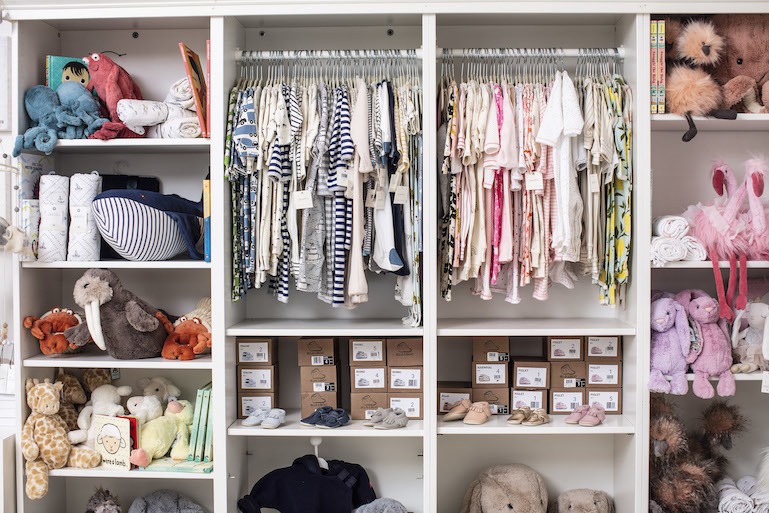
How To Know If You’re Underpricing Your Products – A Quick Guide
If you’re a small business owner wondering if you’re underpricing your products, you probably are.
That’s because, by some estimates, 80 – 90 percent of ill-chosen prices are too low. At least you’re not alone! In this post, we’ll go over different pricing strategies for independent retailers, and you’ll learn how to know if you’re underpricing your products.
Before you start tweaking your pricing model, however, you need to understand a very important aspect of human psychology: value perception.
Value Perception
How consumers perceive the value of your products is as important as your prices.
For example, a store that appears upscale might actually have lower prices than a competitor, but potential consumers don’t know that, and therefore that store won’t win business from value shoppers. A solution might be to raise overall prices to match consumer expectations and then advertise select merchandise at a discount to bring in new customers.
Why select merchandise, otherwise known as key value items? Because research has long showed that shoppers only remember prices for a few items. Usually, these are the items they buy most often, but not always. As McKinsey points out, “Retailers have been able to effectively shape shoppers’ value perceptions by pricing competitively on the items that matter most.”
Because consumers do not always behave rationally, your prices themselves are not necessarily the problem. Rather, you need to revisit your pricing strategy when a disconnect arises between the price tag of a product or service and its perceived value.
The good news is you have plenty of pricing strategies from which to choose, all derived from three major methodologies: competition-based pricing, cost-plus pricing, and value-based pricing. You will probably use a combination of all three when pricing your products.
SEE ALSO: Pricing 101: How To Price a Product For Retail
Competition-Based Pricing
Competition-based pricing uses prices at other businesses as a benchmark. It doesn’t require formulas or complex accounting; you simply stack your prices against those of your major competitors. Remember that brick and mortar retailers are also competing against online businesses like Amazon and big-box stores, and that your competitors are changing their pricing models as often as you are.
One solution is to offer a guarantee to match the price of any competitor. This puts the onus on customers to compare prices, and ultimately results in increased customer loyalty and revenue.
Of course, a competition-based pricing strategy doesn’t necessarily mean that you sell your products for less than the competition. Their prices are simply used as a benchmark. If you know that your competition charges $6 for a basic hammer, you might decide that you can get away with charging $6.99 without any major loss in units sold.
Unless you’re selling few products in a niche market, relying solely on competition-based pricing is apt to drive you mad. But this is where key value items come in. Independent grocers need to know what their competitors are charging for milk and bread, and a dry cleaner needs to know how much the competition is charging to launder shirts.
If the competition is selling products for more than you are, and you’re not making up for the discrepancy by selling more units, you need to raise your prices.

Cost-Plus Pricing
This is the classic method of charging a markup on the wholesale cost of your products. Essentially, the selling price of your product = production costs + a set markup amount.
As a small business owner, you’re intimately familiar with your production costs, which need to factor in fixed costs (overhead expenses like rent and the hourly rate of your employees) in addition to variable costs (the price of lumber, a fluctuating wholesale price, etc.).
Beginning with straightforward markups ensures that you cover your production expenses and make a profit, but you will likely end up using cost-based pricing. This similar method factors in considerations like market conditions and, yes, your competition.
Cost-based pricing leaves room for creative marketing. Maybe you take a loss on key value items because you have marked up other products in your store enough to make up the difference.
During the hectic rush of running a business, it can be easy to start lowering prices on the fly without fully factoring in production costs. The only way to be sure that you’re hitting your sales goals and maximizing your profit margins is by looking at cold, hard data. A sufficiently robust point of sale system will give you the sales data you need to make realistic pricing decisions with confidence. A 1 percent improvement in price optimization results in an average boost of 11.1 percent in profits. So make sure your POS has the tools you need to run your business effectively.
If you run the numbers and your revenue is consistently not exceeding your production costs, you need to raise your prices.
Value-Based Pricing
Value-based pricing takes the idea of value perception to its logical conclusion: pricing products only on the perceived value to the consumer. Independent brick and mortar businesses are not usually able to pull this off unless they are dealing luxury goods like antiques, or somehow have a market cornered—like being the only seller of sunscreen next to a water park.
But in order to run a successful retail business today, you must explore value-based pricing because it’s nearly impossible to win on cost-based and competitive pricing alone. Think hard about how your shop adds value to your target market. Maybe your potential customers can find cheaper jeans online, but are they able to try them on in flattering fitting rooms, receive guidance from your employees on which jeans work on different body types, and then get quality jeans tailored for free?
Value comes in many forms, and the benefit of this pricing strategy is that it puts the consumer front and center. To realistically apply value-based pricing to your business, you need to combine the competitor research you used for competition-based pricing and the data-based approach you took for cost-plus pricing—and then add in a dash of consumer psychology.
If a product provides more value than its price point reflects, you’re undervaluing your
merchandise and you need to raise your prices.
SEE ALSO: Top Retail Pricing Strategies
Don’t Paint Yourself Into a Price Corner
When it comes to pricing, it can be tempting to hit the market with low prices, a strategy known as penetration pricing, with a plan to raise prices later.
This is a sound pricing strategy for some industries, but for the average brick and mortar small business, it can backfire. Your customers will become accustomed to paying less than they should, and raising prices later will alienate your initial customer base.
Instead, determine the lowest price you can charge in order to cover your costs, and then factor in perceived value to arrive at a sustainable price. Assess your sales data on a regular basis to tweak your prices in order to maximize your profit margins.
Learning how to price products is more difficult than it initially seems and business owners must be prepared to make difficult decisions. Ultimately, if your business keeps losing money, you need to pivot your business model or raise your prices.
Want to try ShopKeep for yourself?
Just answer a few easy questions.
Need help finding the right point of sale?
Just complete the form. We’ll call you right back to explain how ShopKeep can work for you.
Hit the ground running.Sprinting, in fact!
Read our free, comprehensive guide, Small Business 101, to learn all you need to know about starting a thriving business.

